Maintaining a planted aquarium involves several essential tasks to ensure the health and well-being of your fish, plants, and coral. Here are some key aspects to consider
- Nutrient Dosing and Trimming- Regularly dose nutrients such as fertilizers to support plant growth. Trim overgrown plants to maintain a balanced and aesthetically pleasing appearance.
- Water Exchanges- Use a siphon to vacuum debris from the substrate during water changes.
- Manual CO₂ System Operation- Proper CO₂ levels are crucial for healthy plant growth.
- Filter Maintenance – Check your filter’s flow rate regularly. Rinse or replace filter media (such as cartridges) if they become clogged or inefficient.
- Health Check – Inspect plant leaves for damage, signs of distress, or nutrient deficiency (such as yellowing or holes).Observe your fish for signs of stress, injury, or disease.
- Addressing Common Issues – Algae; Algae outbreaks are common in newly set up aquariums. Reduce light intensity, limit fertilizers and CO₂, and consider adding algae-eating fish or snails.
- Driftwood Film; Newly installed driftwood may develop a white to greyish film or “fur.” It’s usually harmless but can be removed with a toothbrush or by baking/boiling the wood.
- Cloudy Water – Cloudiness can occur due to substrate or nutrient additives. Good filtration and sensible stocking habits will help clear the water over time.
Remember that patience is essential during the initial phase of setting up a planted aquarium. Nature will find its balance over time, and minor issues are normal. Avoid drastic actions like tearing down the entire tank; instead, observe and adjust as needed. Additionally, maintaining healthy corals in a reef aquarium involves monitoring calcium, magnesium, and carbonate levels. Regular testing ensures proper nutrient balance for coral growth and vibrant colors. If you plan to keep corals, consider researching specific coral types based on their environmental requirements and compatibility with other inhabitants.
-
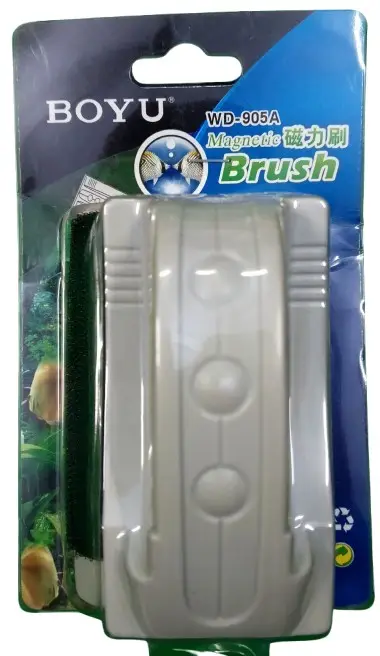
BOYU Corner Glass Magnetic Cleaner L
₹850.00- Boyu Corner Glass Aquarium Magnetic Cleaner.
- Model: WD-905A – Large Size.
- Floats avoiding lost magnets on the bottom of your aquarium.
- Non-slip griped handle improving cleaning action.
- Super strong magnets for use with varying glass thickness.
- Anti Scratch cleaning pads that are highly efficient in removing algae from glass
- This product is made of strong magnets.
- Beautiful shape, floating design, easy to use.
-
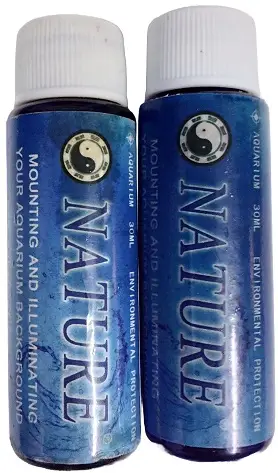
Nature Aquarium Background Glue
₹400.00- Nature Aquarium Background Glue; 60 ml
- Qty; 30 ml x 2 pack
- Seals your background to your aquarium, Brilliant results that last for the life of the tank.
- Easy to apply/remove. Works on all our paper / vinyl backgrounds.
- Non-Toxic, Unaffected by salt creepingt.
-
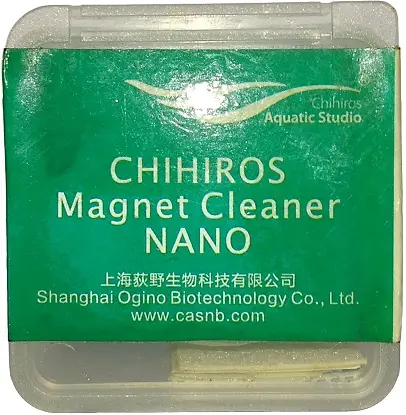
Chihiros Nano Neodymium Magnet Cleaner
₹1,450.00- Chihiros Nano Neodymium Magnet Cleaner
- High power cleaner for glasses 8 – 10 mm.
-
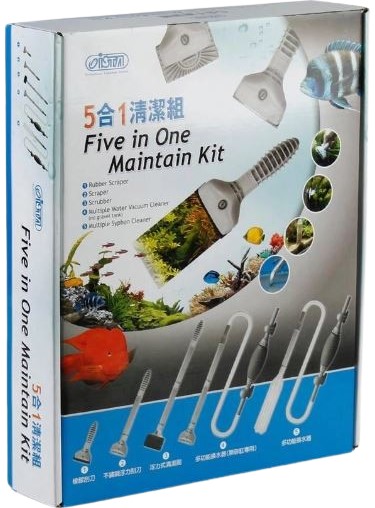
ISTA Aquarium Cleaner
₹2,150.00- Ideal for cleaning gravel, Glass Algae.
- Suitable for any kinds of gravel.
-
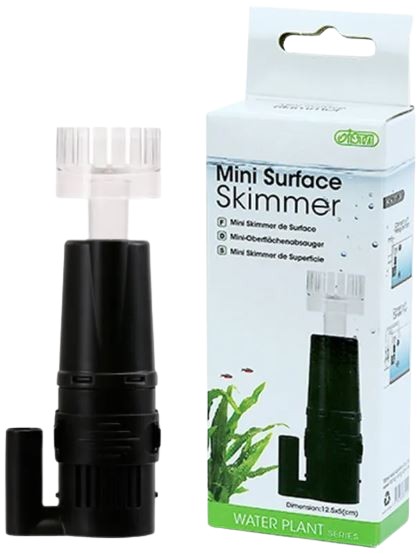
ISTA Planted Aquarium Mini Surface Skimmer
₹700.00- ISTA Water Mini Surface Skimmer; 1 Pack.
- Effectively draw the organism and protein floats on the water surface to assure a crystal clear water surface.
- The water intake can be adjusted to be either from the top or the bottom.
-
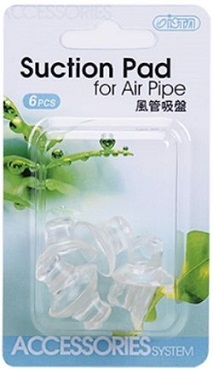
ISTA Air Pipe Suction Pad Aquarium Accessories
₹380.00- ISTA Air Pipe Suction Pad Aquarium Accessories ( 6 PC).
-

-
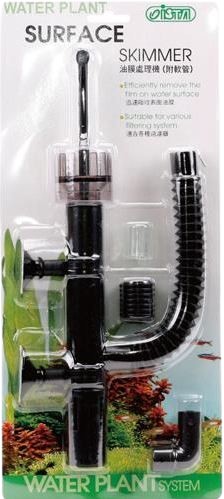
ISTA Connection Hose Surface Skimmer
₹1,100.00- ISTA Connection Hose Surface Skimmer.
- ISTA Water Surface Skimmer – with connection hose.
- Effectively draw the organism and protein floats on the water surface to assure a crystal clear water surface.
- The water intake can be adjusted to be either from the top or the bottom.
-

ISTA Twin Setting Aquarium Timer
₹2,500.00- ISTA Twin socket Co2 Setting Timer with LCD Display.
- Available for 2 individual time zone setting.
- LED back screen lighting provides easy and clear time reading.
- Easy and simple in setting.
-
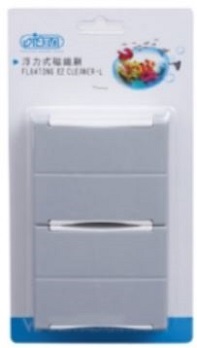
ISTA Floating EZ Cleaner
₹1,350.00- Floating EZ Cleaner (I-937)L size for size of tank up to 150cm and 16mm of thickness.
- Durable material, gentle on glass.
- Unsinkable design with magnetic material, no more wet hands.
- Clean both inside and outside of tank in one action.
-

Stainless Steel13MM DIA Aquarium Filter Guard
₹500.00- Stainless Steel Filter Guard.
- 13 MM DIA Mesh Net Cap
- Pipe Tube 13 mm
- Aquarium Filter Flow Guard Protect Fish & Shrimp.

